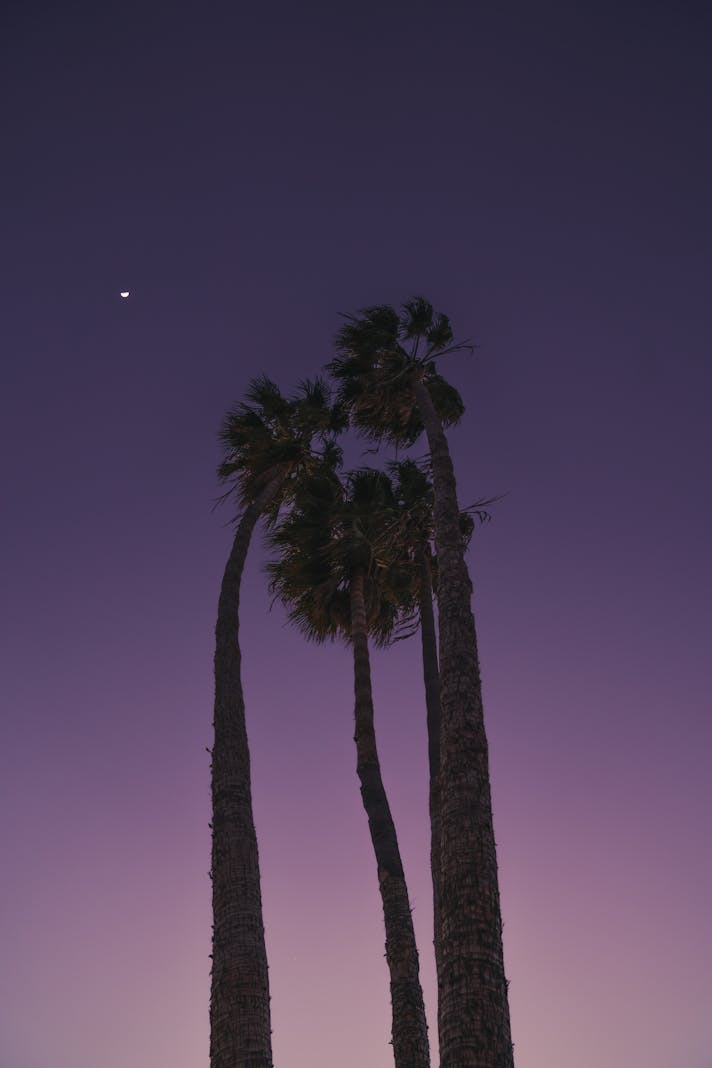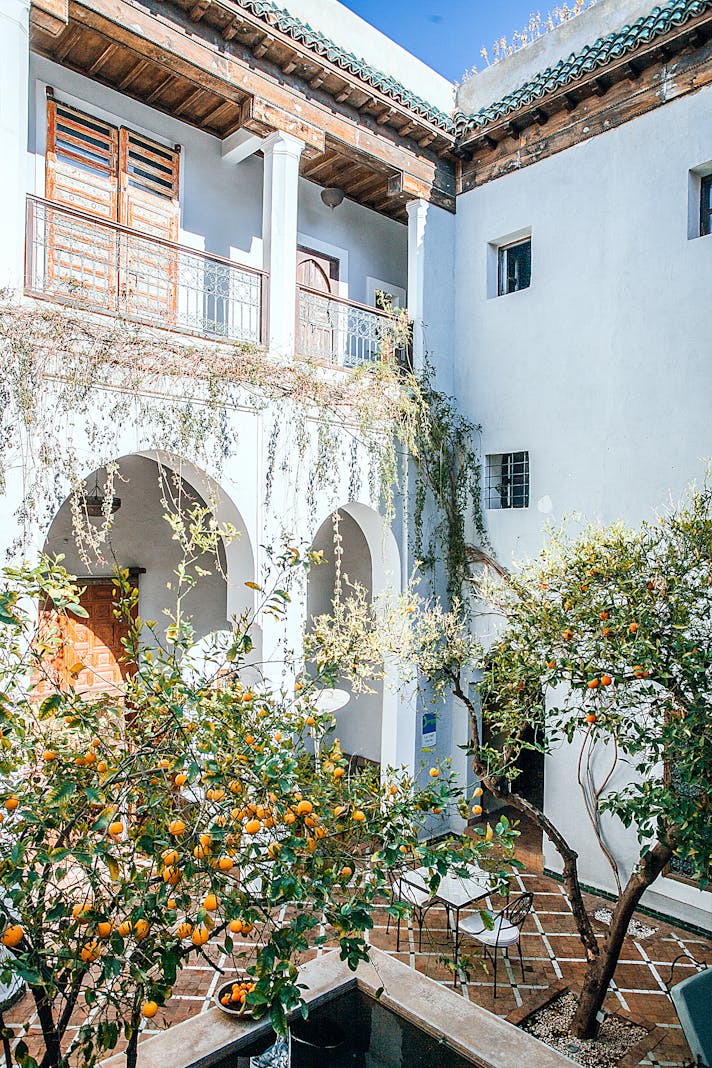Los Angeles Arboretum

In 1947, the state of California and the County of Los Angeles came together for a joint purchase. One hundred and eleven acres, nestled around the old Lucky Baldwin homesite, were taken from the Rancho Santa Anita land grant and turned into a public garden. Today, the Los Angeles Arboretum still exists, providing open-air walking paths, beautiful commons, and gardening expertise from its location in Arcadia, a small town in the northeast section of Los Angeles County.
The question ‘should you go?’ may seem reasonable, but it became largely rhetorical during 2020, the year of COVID. Setting up a system of timed reservations and one-way paths, the Arboretum provided much-needed nature and exercise when, for various reasons, gyms and the Los Angeles National Forest were both closed to visitors. While the entrance restrictions have been relaxed, the park still provides a fun place to get ideas for waterwise horticulture as well as exercise.
What will you see on a visit to the Arboretum? The park is divided into areas that showcase the plant collections; perhaps you’ll want to check out trees from Australia or the Cape Verde islands off the coast of Africa. Alternatively, you might decide to check out the abundant birdlife that collects around the main lawn, water fountains, and Baldwin Lake. On a recent visit, I spotted mallard ducks, Canadian geese, and Cliff Swallows in addition to the peacock flock originally imported by Lucky Baldwin in the 1800’s and now naturalized to the area. Or you might decide to check out the historic structures still maintained on the property, including the Queen Anne Cottage and the Santa Anita Depot. The former was a ‘party palace’ for the aforementioned Lucky Baldwin; the latter was an actual train depot that was moved from its original location. Both are great subjects for photography!
There are many botanic gardens in the Los Angeles area, but the part of the Arboretum known as “Crescent Farm” stands out. Once an acre of grass, this area has been converted into a waterwise garden, complete with a mosaic wall and plantings especially chosen for the location. Wandering this area will certainly start your mind considering ways to xeriscape, or make drought tolerant, the area in front of your house.
Perhaps you’re more interested in growing sustainable produce. In the northeast area of the park lies a vegetable garden that certainly looks good enough to eat! Different plants are showcased at different times, with lesser-known vegetables such as gai lan and purple mizuna looking beautiful as well as edible.
Besides the pathways, animals, and gardens, the Arboretum offers classes for both adults and children, along with special events such as summertime classical pops concerts. While much of this has been on hold over the past year, check the web site to see what’s up and coming.
The Los Angeles County Arboretum and Botanic Garden, 301 N. Baldwin Avenue, Arcadia. (626) 831-3222.
https://www.arboretum.org
Disclaimer: I am not affiliated with the County of Los Angeles. I purchased a yearly membership to the Arboretum with my own funds.
The question ‘should you go?’ may seem reasonable, but it became largely rhetorical during 2020, the year of COVID. Setting up a system of timed reservations and one-way paths, the Arboretum provided much-needed nature and exercise when, for various reasons, gyms and the Los Angeles National Forest were both closed to visitors. While the entrance restrictions have been relaxed, the park still provides a fun place to get ideas for waterwise horticulture as well as exercise.
What will you see on a visit to the Arboretum? The park is divided into areas that showcase the plant collections; perhaps you’ll want to check out trees from Australia or the Cape Verde islands off the coast of Africa. Alternatively, you might decide to check out the abundant birdlife that collects around the main lawn, water fountains, and Baldwin Lake. On a recent visit, I spotted mallard ducks, Canadian geese, and Cliff Swallows in addition to the peacock flock originally imported by Lucky Baldwin in the 1800’s and now naturalized to the area. Or you might decide to check out the historic structures still maintained on the property, including the Queen Anne Cottage and the Santa Anita Depot. The former was a ‘party palace’ for the aforementioned Lucky Baldwin; the latter was an actual train depot that was moved from its original location. Both are great subjects for photography!
There are many botanic gardens in the Los Angeles area, but the part of the Arboretum known as “Crescent Farm” stands out. Once an acre of grass, this area has been converted into a waterwise garden, complete with a mosaic wall and plantings especially chosen for the location. Wandering this area will certainly start your mind considering ways to xeriscape, or make drought tolerant, the area in front of your house.
Perhaps you’re more interested in growing sustainable produce. In the northeast area of the park lies a vegetable garden that certainly looks good enough to eat! Different plants are showcased at different times, with lesser-known vegetables such as gai lan and purple mizuna looking beautiful as well as edible.
Besides the pathways, animals, and gardens, the Arboretum offers classes for both adults and children, along with special events such as summertime classical pops concerts. While much of this has been on hold over the past year, check the web site to see what’s up and coming.
The Los Angeles County Arboretum and Botanic Garden, 301 N. Baldwin Avenue, Arcadia. (626) 831-3222.
https://www.arboretum.org
Disclaimer: I am not affiliated with the County of Los Angeles. I purchased a yearly membership to the Arboretum with my own funds.
You Should Also Read:
Walt Disney Concert Hall
Hugo Reid
Santa Monica Pier

Related Articles
Editor's Picks Articles
Top Ten Articles
Previous Features
Site Map
Content copyright © 2023 by Korie Beth Brown, Ph.D. . All rights reserved.
This content was written by Korie Beth Brown, Ph.D. . If you wish to use this content in any manner, you need written permission. Contact Korie Beth Brown, Ph.D. for details.







